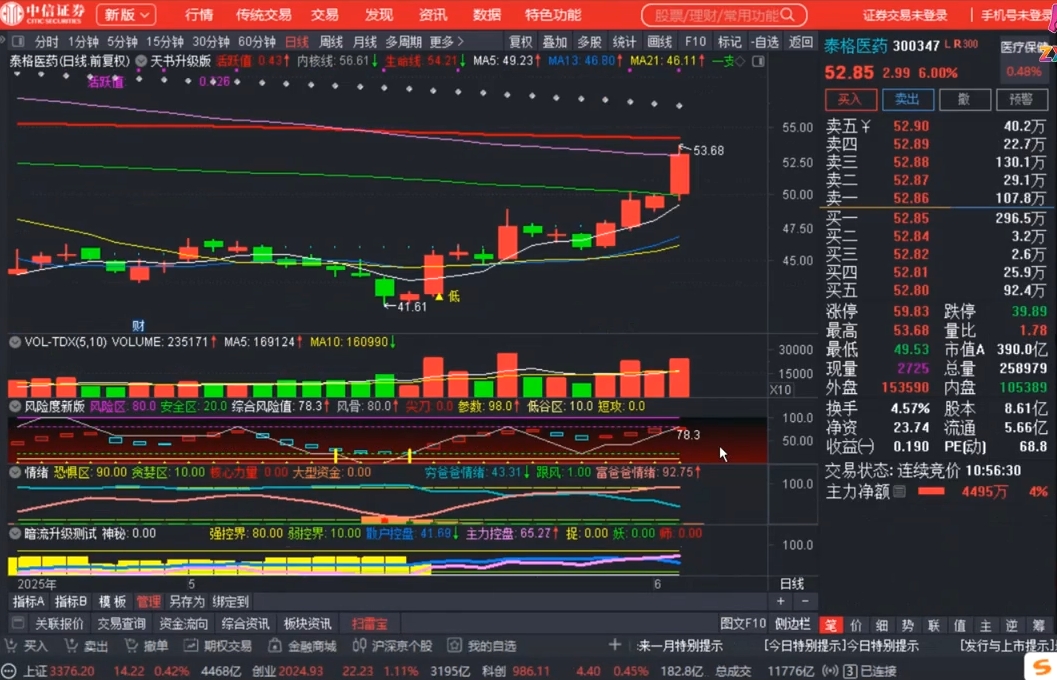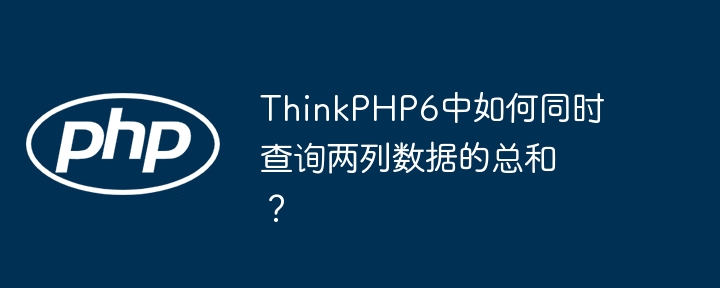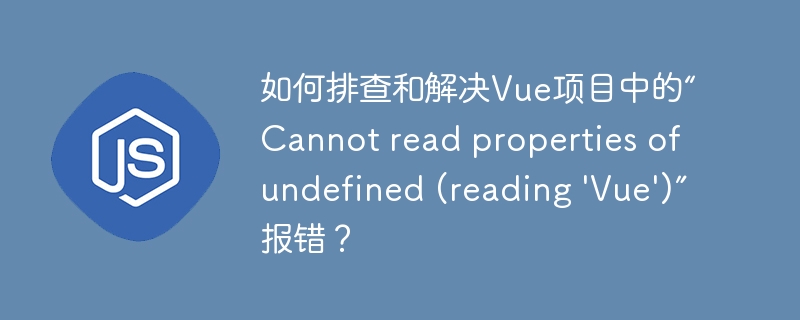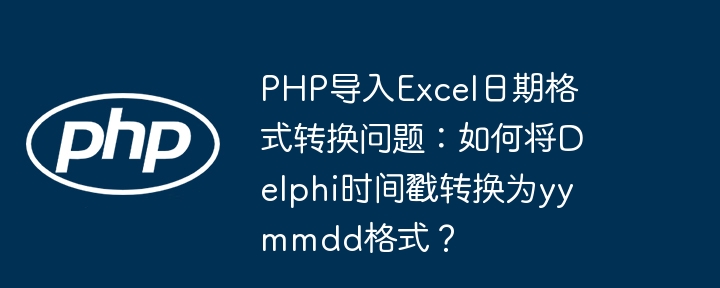
從5.1.6+版本開始,正式引入中間件的支持。
中間件主要用于攔截或過濾應用的http請求,并進行必要的業(yè)務處理。
定義中間件
可以通過命令行指令快速生成中間件
php?think?make:middleware?Check
這個指令會 application/http/middleware目錄下面生成一個Check中間件。
立即學習“PHP免費學習筆記(深入)”;
<?php namespace apphttpmiddleware; class Check { public function handle($request, Closure $next) { if ($request->param('name')?==?'think')?{ ????????????return?redirect('index/think'); ????????} ????????return?$next($request); ????} }
中間件的入口執(zhí)行方法必須是handle方法,而且第一個參數(shù)是Request對象,第二個參數(shù)是一個閉包。
中間件handle方法的返回值必須是一個Response對象。
在這個中間件中我們判斷當前請求的name參數(shù)等于think的時候進行重定向處理。否則,請求將進一步傳遞到應用中。要讓請求繼續(xù)傳遞到應用程序中,只需使用 $request 作為參數(shù)去調用回調函數(shù) $next 。
在某些需求下,可以使用第三個參數(shù)傳入額外的參數(shù)。
<?php namespace apphttpmiddleware; class Check { public function handle($request, Closure $next, $name) { if ($name == 'think') { return redirect('index/think'); } return $next($request); } }
前置/后置中間件
中間件是在請求具體的操作之前還是之后執(zhí)行,完全取決于中間件的定義本身。
下面是一個前置行為的中間件
<?php namespace apphttpmiddleware; class Before { public function handle($request, Closure $next) { // 添加中間件執(zhí)行代碼 return $next($request); } }
下面是一個后置行為的中間件
<?php namespace apphttpmiddleware; class After { public function handle($request, Closure $next) { $response = $next($request); // 添加中間件執(zhí)行代碼 return $response; } }
來個比較實際的例子,我們需要判斷當前瀏覽器環(huán)境是在微信或支付寶
namespace?apphttpmiddleware; /** ?*?訪問環(huán)境檢查,是否是微信或支付寶等 ?*/ class?InAppCheck { ????public?function?handle($request,?Closure?$next) ????{ ????????if?(preg_match('~micromessenger~i',?$request->header('user-agent')))?{ ????????????$request->InApp?=?'WeChat'; ????????}?else?if?(preg_match('~alipay~i',?$request->header('user-agent')))?{ ????????????$request->InApp?=?'Alipay'; ????????} ????????return?$next($request); ????} }
然后在你的移動版的module里添加一個middleware.php文件
例如:/path/application/mobile/middleware.php
return?[ ????apphttpmiddlewareInAppCheck::class, ];
然后在你的controller中可以通過$this->request->InApp獲取相關的值
注冊中間件
路由中間件
最常用的中間件注冊方式是注冊路由中間件
Route::rule('hello/:name','hello') ->middleware('Auth');
或者使用完整的中間件類名
Route::rule('hello/:name','hello') ->middleware(apphttpmiddlewareAuth::class);
支持注冊多個中間件
Route::rule('hello/:name','hello') ->middleware(['Auth',?'Check']);
V5.1.7+版本,你可以直接在應用配置目錄下的middleware.php中先預定義中間件(其實就是增加別名標識),例如:
return?[ 'auth'=>apphttpmiddlewareAuth::class, ????'check'=>apphttpmiddlewareCheck::class ];
然后直接在路由中使用中間件別名注冊
Route::rule('hello/:name','hello') ->middleware(['auth',?'check']);
V5.1.8+版本開始,可以支持使用別名定義一組中間件,例如:
return?[ 'check'=>[ ????apphttpmiddlewareAuth::class, ???apphttpmiddlewareCheck::class ????], ];
然后,直接使用下面的方式注冊中間件
Route::rule('hello/:name','hello') ->middleware('check');
支持對路由分組注冊中間件
Route::group('hello',?function(){ Route::rule('hello/:name','hello'); })->middleware('Auth');
V5.1.8+版本開始支持對某個域名注冊中間件
Route::domain('admin',?function(){ //?注冊域名下的路由規(guī)則 })->middleware('Auth');
如果需要傳入額外參數(shù)給中間件,可以使用
Route::rule('hello/:name','hello') ->middleware('Auth:admin');
如果使用的是常量方式定義,可以在第二個參數(shù)傳入中間件參數(shù)。
Route::rule('hello/:name','hello') ->middleware(Auth::class,?'admin');
如果需要定義多個中間件,使用數(shù)組方式
Route::rule('hello/:name','hello') ->middleware([Auth::class,?'Check']);
可以統(tǒng)一傳入同一個額外參數(shù)
Route::rule('hello/:name','hello') ->middleware([Auth::class,?'Check'],?'admin');
或者單獨指定中間件參數(shù)。
Route::rule('hello/:name','hello') ->middleware(['Auth:admin',?'Check:editor']);
使用閉包定義中間件
你不一定要使用中間件類,在某些簡單的場合你可以使用閉包定義中間件,但閉包函數(shù)必須返回Response對象實例。
Route::group('hello',?function(){ Route::rule('hello/:name','hello'); })->middleware(function($request,Closure?$next){ ????if?($request->param('name')?==?'think')?{ ????????return?redirect('index/think'); ????} ???? return?$next($request); });
全局中間件
你可以在應用目錄下面定義middleware.php文件,使用下面的方式:
<?php return [ apphttpmiddlewareAuth::class, 'Check', 'Hello', ];
中間件的注冊應該使用完整的類名,如果沒有指定命名空間則使用apphttpmiddleware作為命名空間。
全局中間件的執(zhí)行順序就是定義順序。可以在定義全局中間件的時候傳入中間件參數(shù),支持兩種方式傳入。
<?php return [ [apphttpmiddlewareAuth::class, 'admin'], 'Check', 'Hello:thinkphp', ];
上面的定義表示 給Auth中間件傳入admin參數(shù),給Hello中間件傳入thinkphp參數(shù)。
模塊中間件
V5.1.8+版本開始,支持模塊中間件定義,你可以直接在模塊目錄下面增加middleware.php文件,定義方式和應用中間件定義一樣,只是只會在該模塊下面生效。
控制器中間件
V5.1.17+版本開始,支持為控制器定義中間件。首先你的控制器需要繼承系統(tǒng)的thinkController類,然后在控制器中定義middleware屬性,例如:
<?php namespace appindexcontroller; use thinkController; class Index extends Controller { protected $middleware = ['Auth']; public function index() { return 'index'; } public function hello() { return 'hello'; } }
當執(zhí)行index控制器的時候就會調用Auth中間件,一樣支持使用完整的命名空間定義。
如果需要設置控制器中間的生效操作,可以如下定義:
<?php namespace appindexcontroller; use thinkController; class Index extends Controller { protected $middleware = [ 'Auth' =>?['except'?=>?['hello']?], ????????'Hello'?=>?['only'?=>?['hello']?], ????]; ????public?function?index() ????{ ????????return?'index'; ????} ????public?function?hello() ????{ ????????return?'hello'; ????} }
中間件向控制器傳參
可以通過給請求對象賦值的方式傳參給控制器(或者其它地方),例如
<?php namespace apphttpmiddleware; class Hello { public function handle($request, Closure $next) { $request->hello?=?'ThinkPHP'; ???????? ????????return?$next($request); ????} }
注意,傳遞的變量名稱不要和param變量有沖突。
然后在控制器的方法里面可以直接使用
public?function?index(Request?$request) { return?$request->hello;?//?ThinkPHP }
本文來自ThinkPHP框架技術文章欄目:http://www.php.cn/phpkj/thinkphp/



















